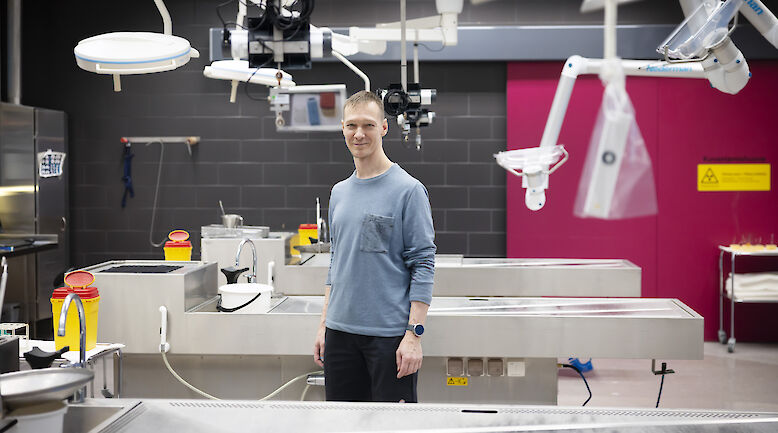English summary: ACHIEVEMENT OF LIPID TREATMENT GOALS - PHYSICIAN-PATIENT COOPERATION IS REQUIRED

Background
Treatment of dyslipidaemia prevents vascular events in high-risk patients, but despite treatment with effective drugs achievement of lipid goals is often suboptimal. Treatment compliance is particularly important in long-term treatments. We examined what proportion of the patients in our sample reached the European LDL-cholesterol goal, and which factors predicted this outcome.
Methods
As a part of the Centralised Pan-European Survey on the Under-treatment of Hypercholesterolemia in Patients Using Lipid Lowering Drugs (CEPHEUS), the treatment of dyslipidaemia was assessed among 1312 patients treated with lipid-lowering drugs by 151 Finnish general practitioners during 2006-2007.
Results
The patients were predominantly at high risk of cardiovascular disease; the average age was 61 years, 54% were men, 22% were in secondary prevention, and 28% had diabetes. Of those with monotherapy, 99% were using statins. Despite drug treatment, 35% of the patients did not reach the LDL cholesterol goal. A substantial proportion of the patients were taking a suboptimal dose of a statin, 51% of them had been using the originally started medication and dose. Although 80% of the patients reported that a goal had been set, only 54% considered that they had reached it, 27% were not sure, 12% had not reached the goal, and 7% stated that a goal had not been set in the first place. The probability of reaching the LDL cholesterol goal was increased over 4-fold (OR 4.2, 95% CI 2.8 to 6.1) when the patient was aware of reaching or not reaching the goal.
Sidonnaisuudet: Kirjoittaja on tehnyt tutkimus-, koulutus- ja konsultointiyhteistyötä lipidilääkkeitä markkinoivien yritysten kanssa.













